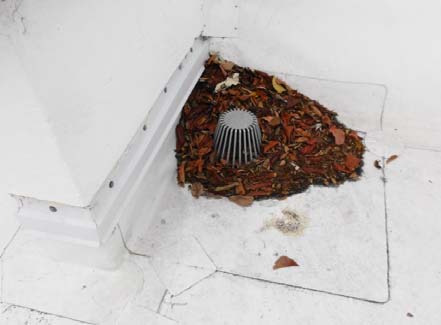
The rainy season can be a challenging time for building owners and managers. Heavy rain can cause leaks, floods, and other water-related damage that can lead to costly repairs and downtime. However, with proper preparation, you can minimize the risks and ensure that your building stays safe and functional throughout the season. In this post, we’ll provide you with some tips on how to prepare your building for the rainy season.
- Inspect your roof and gutters One of the most critical areas to check before the rainy season is your building’s roof and gutters. Make sure that your roof is free of any cracks or damage that could allow water to seep through. Clean your gutters and downspouts to ensure proper drainage and prevent clogs that could lead to water damage.
- Check your windows and doors Windows and doors are other areas that can be vulnerable to water damage. Check that all windows and doors are properly sealed and weather-stripped to prevent leaks. Replace any damaged or worn seals or weather-stripping.
- Clear outdoor drains and sewers Ensure that all outdoor drains and sewers are clear of debris and functioning correctly. Clogged drains can lead to flooding, which can damage your building’s foundation, walls, and floors.
- Check your commercial flat roof drainage system If your building has a flat roof, you’ll need to check your roof’s drainage system. Make sure that the roof drains, scuppers, and gutters are clear of debris and functioning correctly. A clogged or malfunctioning roof drainage system can lead to standing water on your roof, which can cause damage and leaks.
- Review your insurance policy Make sure you review your building’s insurance policy before the rainy season begins. Ensure that you have adequate coverage for water damage and that your policy covers all potential risks.
- Have an emergency plan in place In case of severe weather or flooding, have an emergency plan in place. Ensure that all building occupants know what to do in case of an emergency, and have all emergency equipment, such as flashlights and backup generators, readily available.
The rainy season can be a challenging time for building owners and managers. However, with proper preparation, you can minimize the risks and ensure that your building stays safe and functional throughout the season. Follow these tips and checklist to prepare your building for the rainy season, and contact a professional if you need assistance with inspections or repairs, especially for commercial flat roof drainage systems.
